I think Iman is hiding eggs from me again.
She likes to do that a few times a year, and seeking out her stash becomes an Easter egg hunt as the hubby and I scour the chickens’ 2,500 square feet of foraging space for their secret nest. (Last summer’s search yielded almost a dozen eggs!)
So I was very confused the other day after I skipped a day of egg collecting and, in three different locations, ended up finding an Iman egg, a Kimora egg, and a mystery egg that looked like a bantam had come and laid it for us.
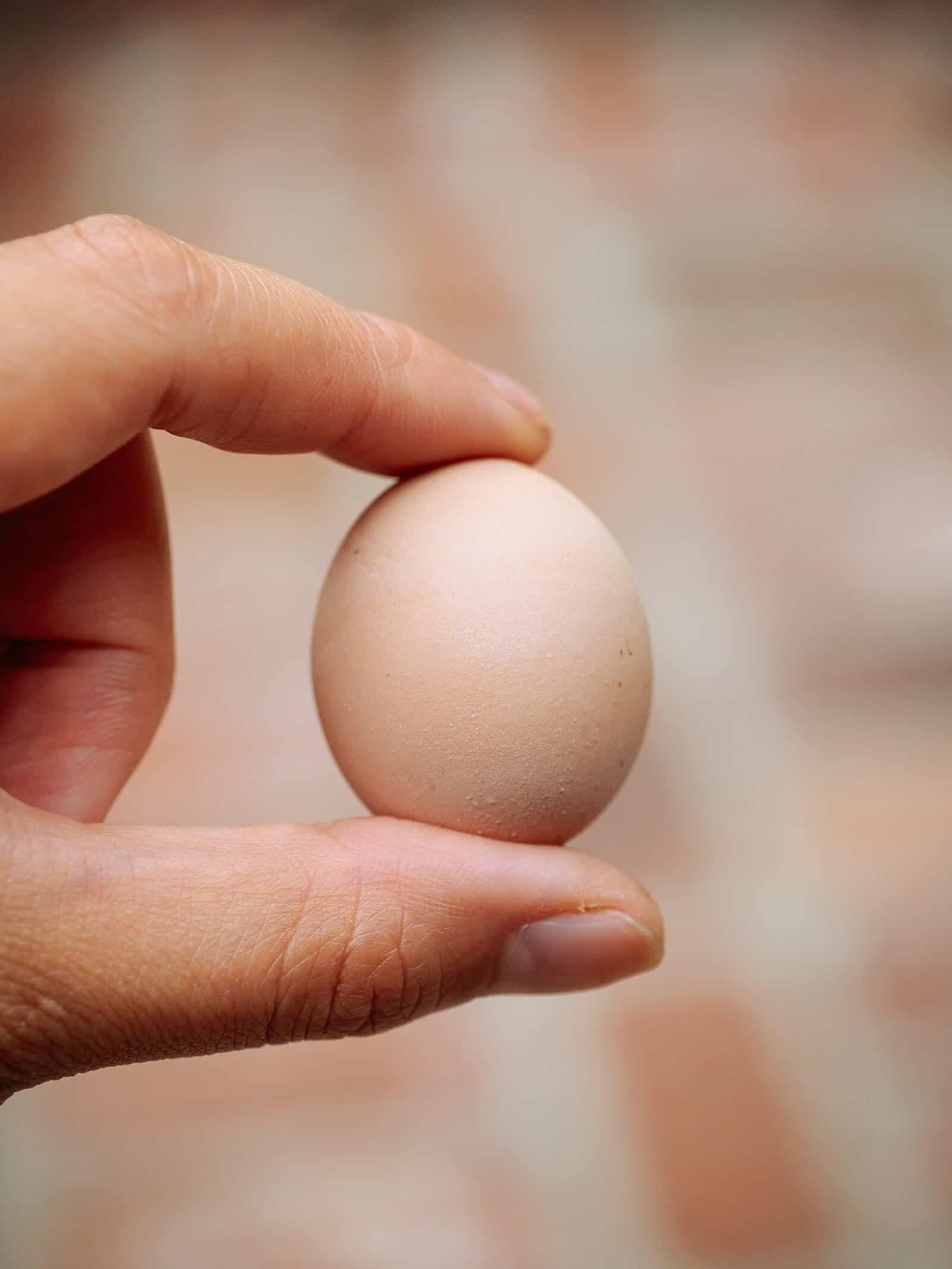
I can always tell which of my ladies has laid an egg because the colors and sizes are so distinct.
But this teeny tiny egg was a mystery. It was one-third the size of a standard chicken egg, and not quite pink (like Iman’s) but not quite brown (like Kimora’s).
It was about the size of a quail egg, but I knew we didn’t have quails in the yard.

So what are tiny chicken eggs all about?
Diminutive eggs like these are known as wind eggs, witch eggs, dwarf eggs, fairy eggs, or more affectionately, fart eggs. I guess if a chicken farted, this is what would theoretically come out!
They’re usually yolkless if a hen hasn’t released a yolk yet by the time her body starts producing the shell.
In those cases, a bit of reproductive tissue breaks off inside the oviduct and triggers the formation of an egg by tricking the hen’s body into thinking the tissue is a yolk.
A misfire, if you will.
Mine, however, had a miniature yolk when I cracked it open — more like a golden squiggle in a sea of egg white.
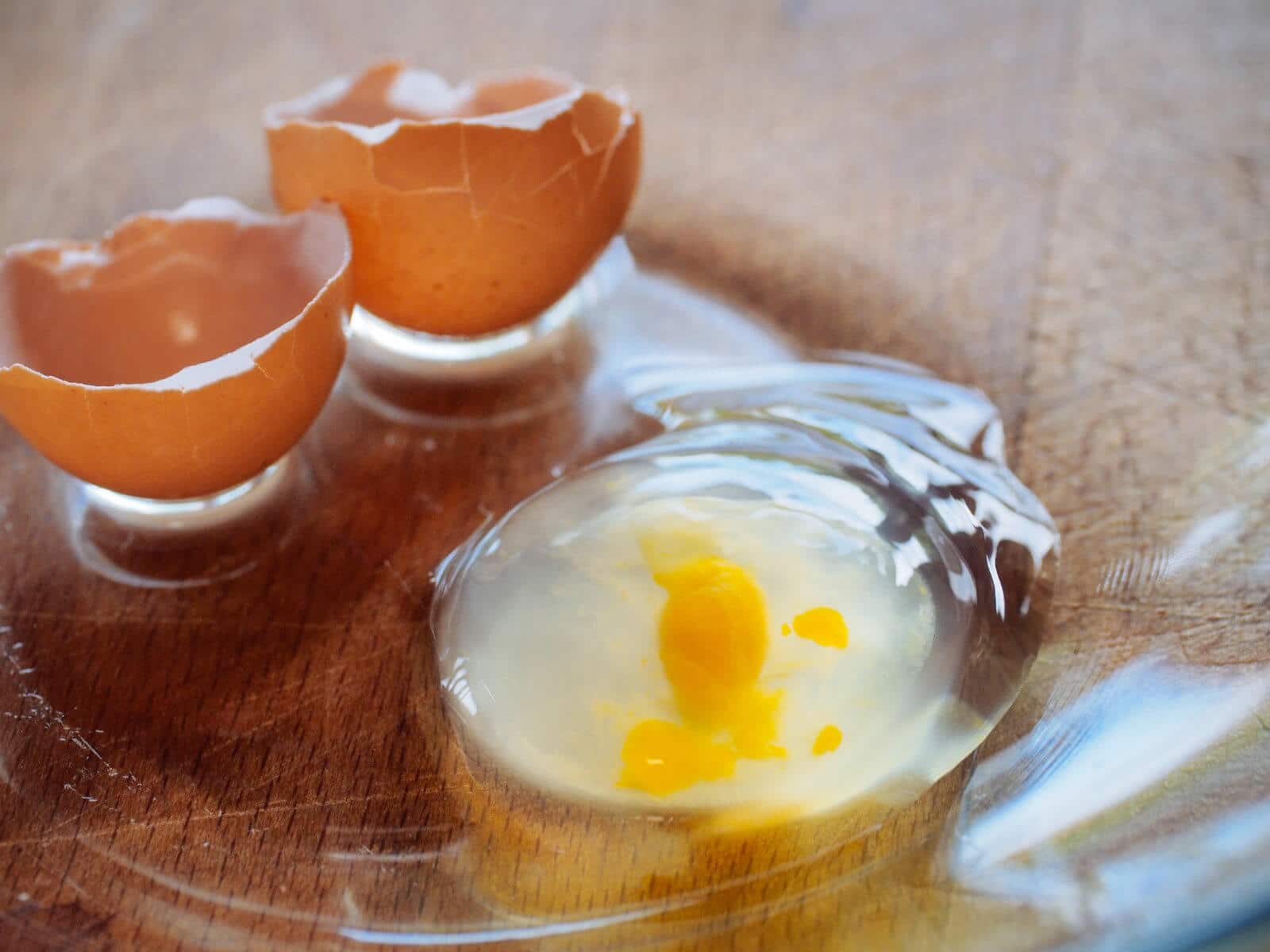
Yolkless eggs sometimes come out darker or lighter. Because of the abnormal cycle, they may spend more or less time in the hen’s shell gland pouch, which deposits pigments on the shell in the final stage of egg making.
This would explain why my fairy egg was a slightly different shade of brown (or pink)… and I never did figure out who laid it.
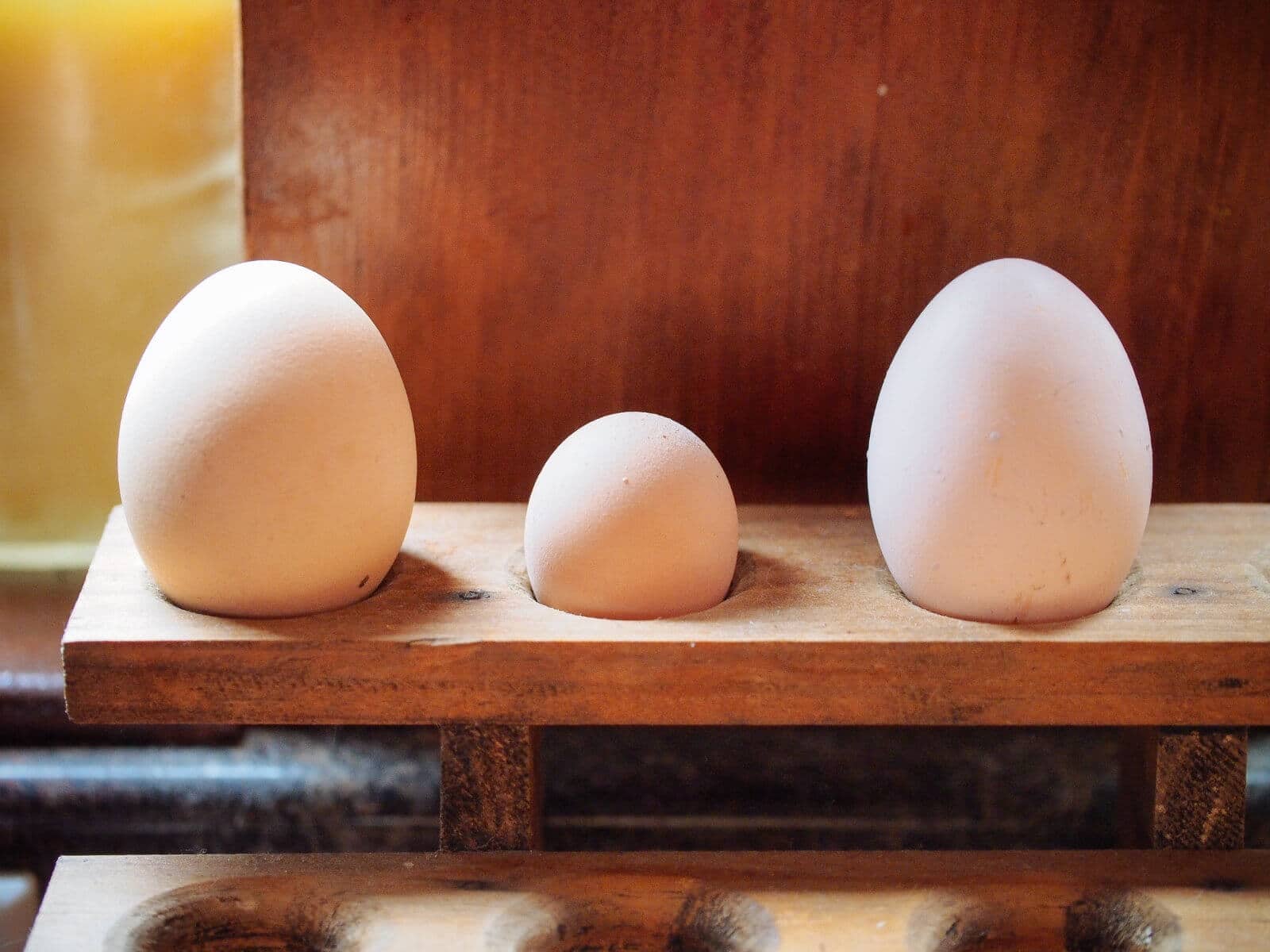
Fart egg folklore
In the olden days, yolkless eggs were sometimes called cock eggs, since without a yolk, the egg wasn’t viable.
This led many to believe that the malformed eggs were laid by roosters (cocks) and they were the work of the devil.
Superstition had it that if a toad or a serpent incubated the cock’s egg, a winged beast called a cockatrice (which bore the head of a rooster and the body of a serpent) would emerge.
Its maleficent powers included turning people to stone and destroying them with its deadly gaze.
The only way to rid of the evil was to hurl the unhatched egg over the roof of the family house without letting it hit the house. (I took my chances by keeping it!)
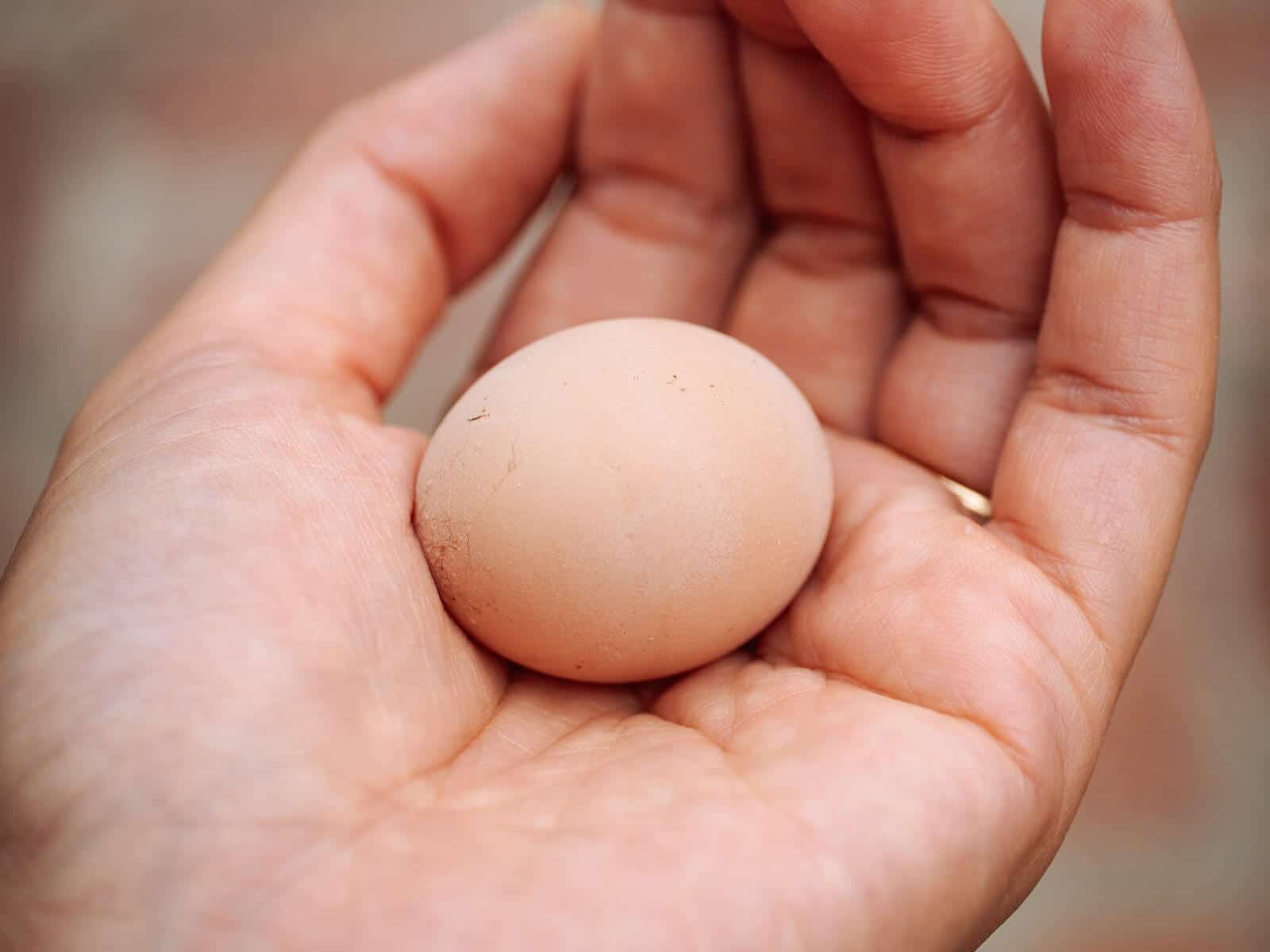
Can you eat fart eggs?
These days, we know that fart eggs usually occur in young, newly laying hens, whose bodies are still trying to adjust to the rhythm of laying. In other words, they’re learning to ovulate.
Older hens may occasionally lay fart eggs if something disturbed their reproductive cycles (such as new chicken feed, flock integrations, injuries, changes in the pecking order, a big move, or other environmental factors).
Fart eggs are an (adorable!) anomaly but nothing to worry about. After such a hiccup, a hen should return to laying normal-sized eggs again the next day.
Fart eggs are also edible, and it makes me giggle to think I’m eating something with the word “fart” in it. I fried mine and it was no different than a large egg… just in a bite-sized version!
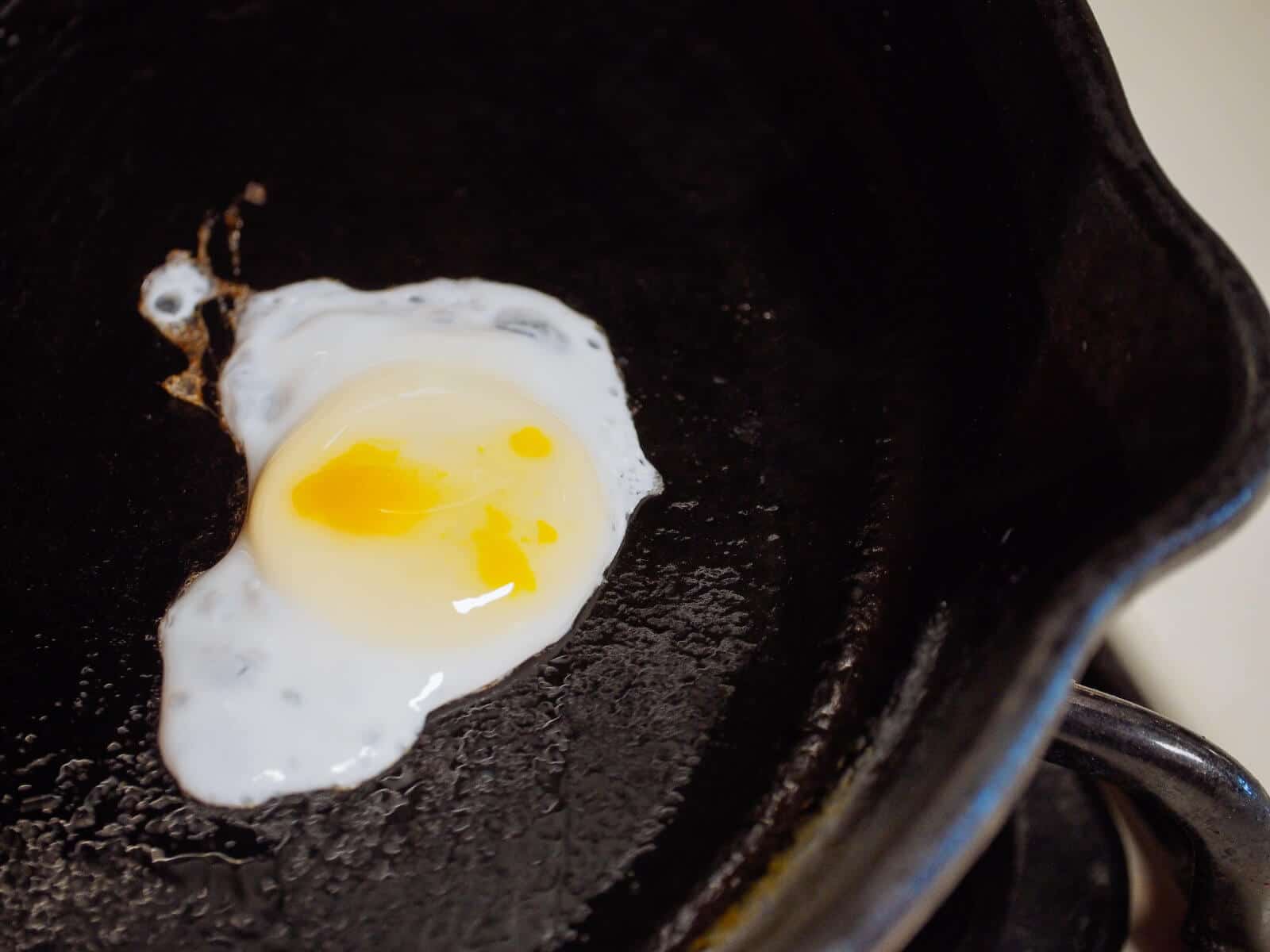
This post updated from an article that originally appeared on August 4, 2014.


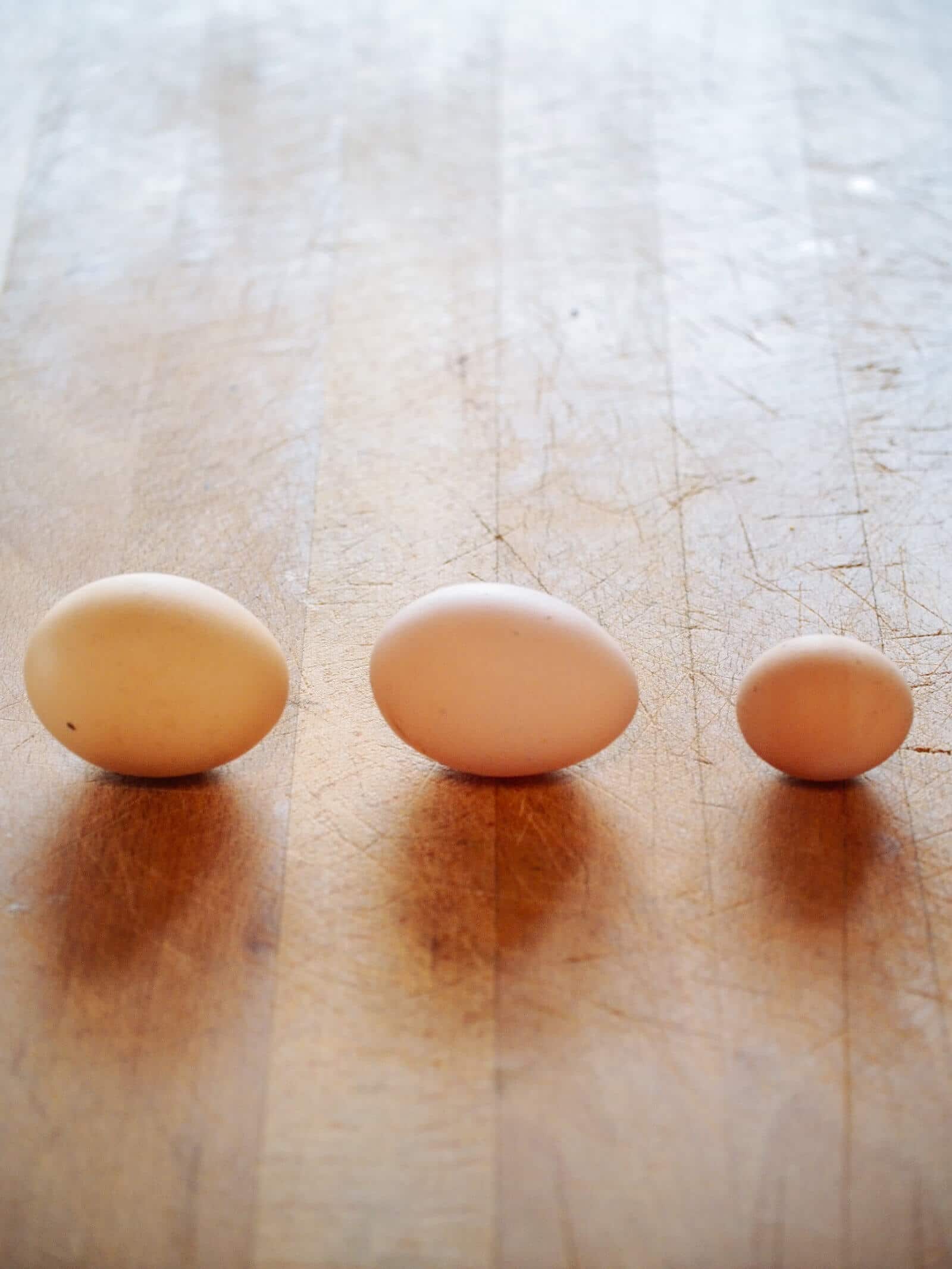


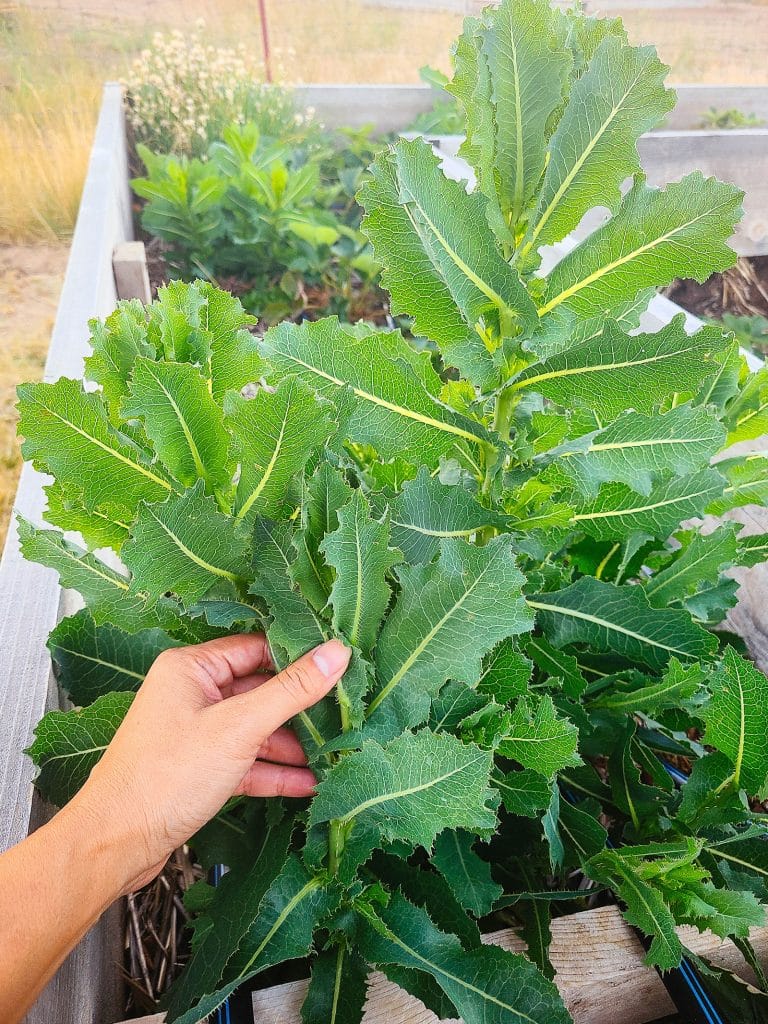








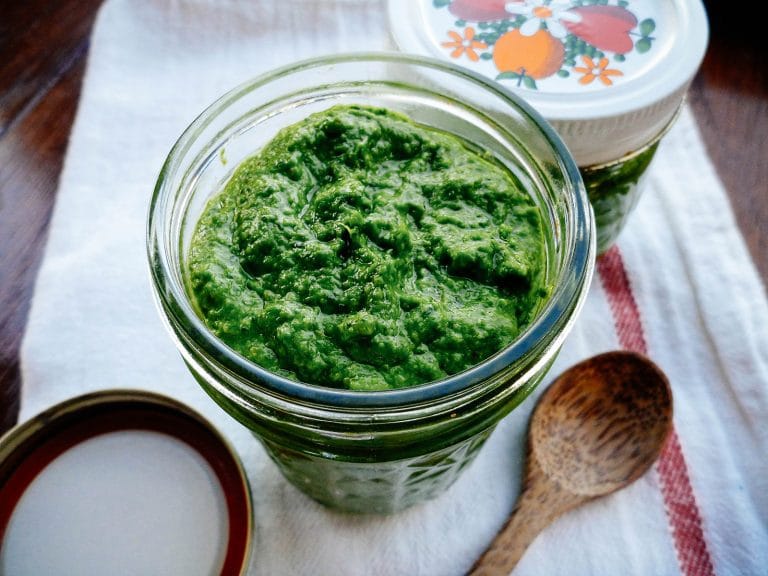

Hi. First time chicken mama and I have a question. I have 3 hens about 6 months old. Two weeks ago I found 4 medium sized eggs. Since then I found two fart eggs and none for like 10 days.
I changed the feed to a layer. Did this stop them from laying?? What can I do? I have a Peking duck same age and she has given us 5 eggs in two weeks.
Are they all just a little young to expect more? I live in East Tennessee.
I got my first tiny egg yesterday and I was a little worried something was wrong with my girl (I’m new to chicken keeping!). She’s been laying for a month and even her first eggs were pretty big. Thankfully I read your article before I freaked out too much, and she went back to normal today. So I figured it’s nothing to worry about.
My hen has laid about 5 fart eggs this week, is that something to be concerned about? Will they go back to normal? She is just over a year old.
It’s unusual but can be attributed to environmental stress, such as extreme temperature fluctuations, squabbles with the flock, changes in diet, etc. You can try adding electrolytes (or 1 TBS apple cider vinegar and a clove of garlic) to her water and watching how she behaves and what she eats for the next week to make sure she’s still active, getting enough nutrients, and whatnot. (Also, are you sure ALL the fart eggs are hers?)
You will know some of the background to this phenomenon if you have ever drawn the innards out of a hen that died or was slaughtered while still in lay. Her ovaries lie on either side of the backbone and they look little bunches of yellow grapes. Some are only pea-sized, some like grapes and just one will be the full Monty – a yolk, with the tiny packet of germ cells that grows into an embryo, ready to be wrapped in egg-white, a membrane and finally a shell. One yolk per day falls into the egg duct and sets off the process that actually lasts 28 hours. This means that four hours before today’s egg emerges from the hen, tomorrow’s has already begun its journey along the same path. Occasionally, I guess, there isn’t a full sized yolk ready to be encased and some other fragment of tissue sets the process going – with the result that you have described. One day I went to collect the eggs while one hen was still sitting in the nest box. I opened the back of the box and gently slid my hand under the hen to see if she was sitting on any eggs, There were none but as I withdrew my hand the hen deposited on my palm a warm, moist egg. Now that’s what I call fresh!
I’m slightly jealous that none of my ducks have given me a triple yolker! I am also slightly relieved. *whew*
Thank you for the backstory on old folklore regarding these tiny weird eggs. Pretty funny what people used to think way back when.
I’ve gotten probably two of these tiny eggs in the last few years. I also have bantams in the same flock with my standard sized birds, and I like to think I’m pretty good at knowing who lays what- but occasionally, my group of 6 bantam cochins will throw me for a loop. They all lay pretty identical small, perfect little light brown eggs (there are slightly different shades, but I honestly don’t know who lays what shade just yet). Some days I go out to the coop and there will be exactly 6 tiny brown eggs among all the other eggs (which is somewhat unusual but not totally unheard of) but there have also been days where I’ve had more than 6 tiny little brown eggs.
The fart eggs are camouflaging among the bantam eggs!
And now you also know how tiny bantam eggs can be. 😀
Anyhoo, great post! Thank you!
Anna
Greenwood Nursery Team
Haha, that sounds so cute… little fart eggs camouflaging among the bantam eggs!
I’ve gotten two “toot eggs” from my flock since I began chicken keeping. They always look like yours- just a tiny little itty bitty version of the regular thing. Mine didn’t have any yolks though.
What I think is more fun (not to top your blog, that’s not my intention here, LOL) is getting a triple yolker duck egg. Those are ginormous eggs. I’ve gotten just one of those, and I hope for my poor momma duck it’s the last.
Wow! I haven’t seen any triple yolkers here, but I do love duck eggs and wish I had a consistent source for them out here.
Oops! My chicken farted. The Mystery of the Teeny Tiny Egg http://t.co/Yewivd2XYk #urbanhomestead < TY for RT! @sbvegas @Sowandglow
Also known as cock eggs, witch eggs, fairy eggs, or more affectionately, fart eggs! The Mystery of the Teeny Tiny Egg http://t.co/4Cm8LUVc0r
My backyard chickens never cease to confuse and amuse. The Mystery of the Teeny Tiny Egg http://t.co/NffiI7KZNr #urbanhomestead
This adorable anomaly is 1/3 the size of a normal chicken egg. The Mystery of the Teeny Tiny Egg http://t.co/RISgjf1FQr #poultry
In the olden days, these eggs were called cock eggs and thought to be a curse. The Mystery of the Teeny Tiny Egg http://t.co/6W91kIc247
Even your small egg makes me jealous … I am still waiting on my girls to lay their first egg … the anticipation is killing me 🙂
Ohhhh, that first egg is so exciting when you find it! I know the feeling!
I keep going out to the coop looking everywhere… hopefully soon 🙂
RT @theGardenBetty: Oops! My chicken farted. The Mystery of the Teeny Tiny Egg http://t.co/Yewivd2XYk #urbanhomestead #backyardchickens
RT @theGardenBetty: Oops! My chicken farted. The Mystery of the Teeny Tiny Egg http://t.co/Yewivd2XYk #urbanhomestead #backyardchickens
Oops! My chicken farted. The Mystery of the Teeny Tiny Egg http://t.co/Yewivd2XYk #urbanhomestead #backyardchickens
So I have a he, she just started laying eggs a week and half ago..at least egg or two a day give or take. She laid 9 smaller eggs and this morning a large twice the size of the others and healthier looking..does that mean the 9 eggs that are smaller infertile and that large healthy egg is fertile?
Blogged on Garden Betty: The Mystery of the Teeny Tiny Egg http://t.co/1DedRkaTj0